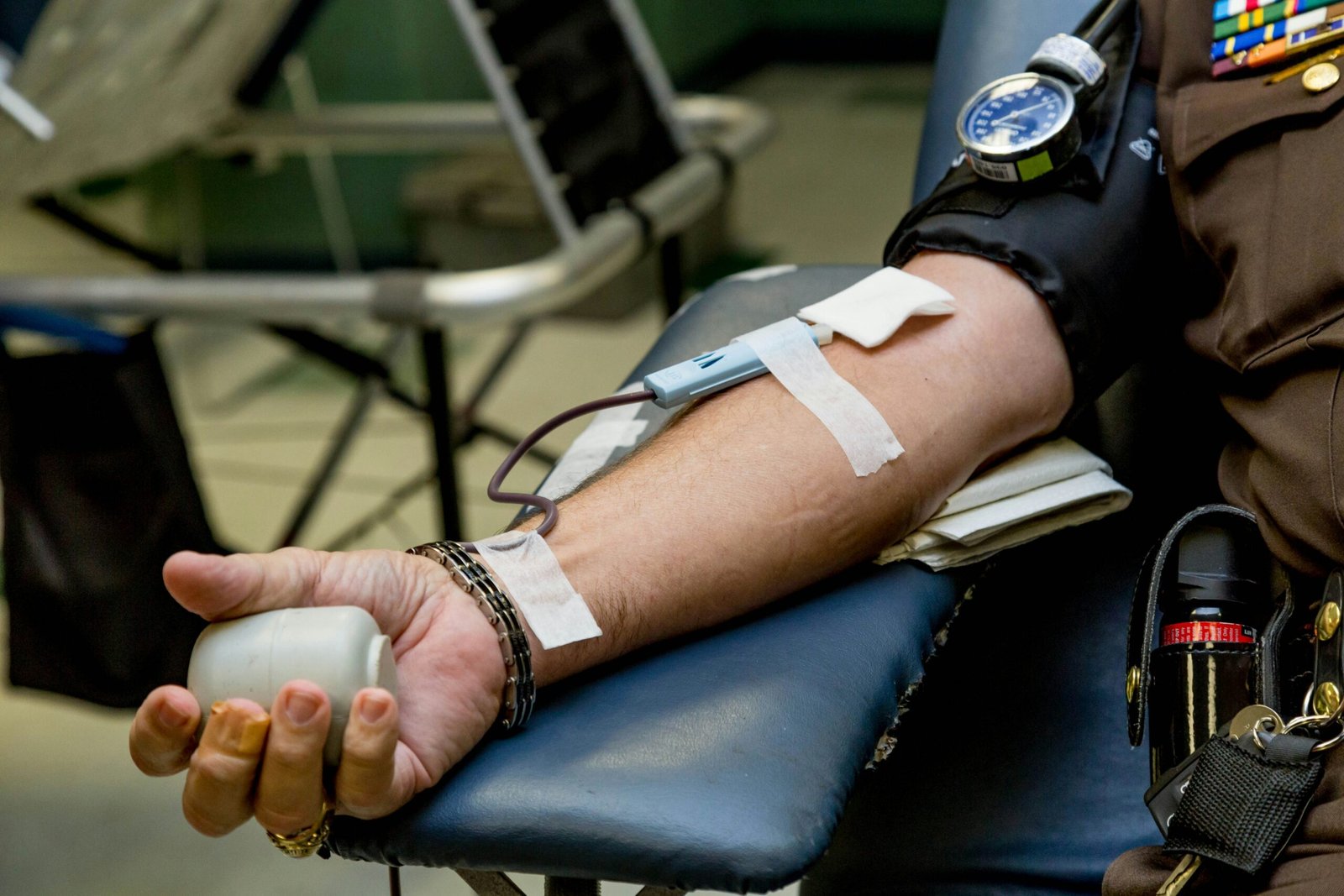Introduction
On March 27, 1914, a significant milestone in medical history was achieved with the first successful blood transfusion. This groundbreaking procedure, carried out by Dr. Albert Hustin in Brussels, Belgium, marked the beginning of a new era in medical treatment. The successful transfusion not only saved lives but also laid the foundation for modern blood transfusion techniques that continue to save countless lives today.
The Historical Significance
The first successful blood transfusion in 1914 was a momentous event that forever changed the course of medical history. Prior to this breakthrough, attempts at blood transfusion had been made, but they were largely unsuccessful and often resulted in severe complications or even death. Dr. Albert Hustin’s achievement not only proved the feasibility of blood transfusion but also demonstrated its life-saving potential.
Dr. Hustin’s success was based on his meticulous research and experimentation. He had been studying the coagulation properties of blood and had developed a method to prevent clotting during transfusion. This crucial discovery paved the way for safe and effective blood transfusion procedures.
The significance of the first successful blood transfusion cannot be overstated. It opened up new possibilities for treating various medical conditions that were previously considered untreatable. It also laid the foundation for the development of blood banks and the establishment of standardized procedures for blood transfusion.
Impact on Medical Treatment
The success of the first blood transfusion in 1914 revolutionized medical treatment worldwide. It provided a lifesaving option for patients suffering from severe blood loss due to trauma, childbirth complications, or surgical procedures. The ability to replace lost blood with donated blood allowed doctors to stabilize patients, improve their chances of recovery, and prevent unnecessary deaths.
Furthermore, the first successful blood transfusion led to significant advancements in medical research and the understanding of blood types and compatibility. This knowledge became the basis for developing safe and effective transfusion practices, ensuring that patients receive blood that is compatible with their own.
The establishment of blood banks, where donated blood is stored and tested for compatibility, became a crucial component of modern healthcare systems. These blood banks provide a readily available supply of blood for transfusions, particularly in emergency situations where time is of the essence.
Continued Progress and Innovations
Since the first successful blood transfusion in 1914, medical science has continued to make remarkable progress in the field of transfusion medicine. Numerous advancements have been made to improve the safety and efficacy of blood transfusions.
One significant development was the discovery of different blood types and the introduction of blood typing and cross-matching techniques. This knowledge helped prevent adverse reactions and transfusion-related complications, further enhancing the success rate of blood transfusions.
Another significant innovation was the introduction of blood component therapy, which allows specific blood components, such as red blood cells, platelets, and plasma, to be transfused individually. This technique enables medical professionals to tailor transfusions to meet the specific needs of patients, maximizing the benefits and minimizing potential risks.
Additionally, advancements in technology and medical equipment have greatly improved the process of blood collection, storage, and transfusion. Automated systems and specialized equipment ensure the safety and quality of donated blood, reducing the risk of contamination or transfusion-related infections.
Conclusion
The first successful blood transfusion in 1914 marked a turning point in medical history. Dr. Albert Hustin’s groundbreaking achievement paved the way for modern blood transfusion techniques that have saved countless lives and revolutionized medical treatment worldwide.
The impact of this milestone event is still felt today, with blood transfusion remaining a vital component of healthcare systems worldwide. Continued advancements in transfusion medicine have further improved the safety and efficacy of blood transfusions, ensuring that patients receive the life-saving treatment they need.
References:
- History of blood transfusion
- Advancements in blood transfusion medicine
- Blood transfusion: past, present, and future

